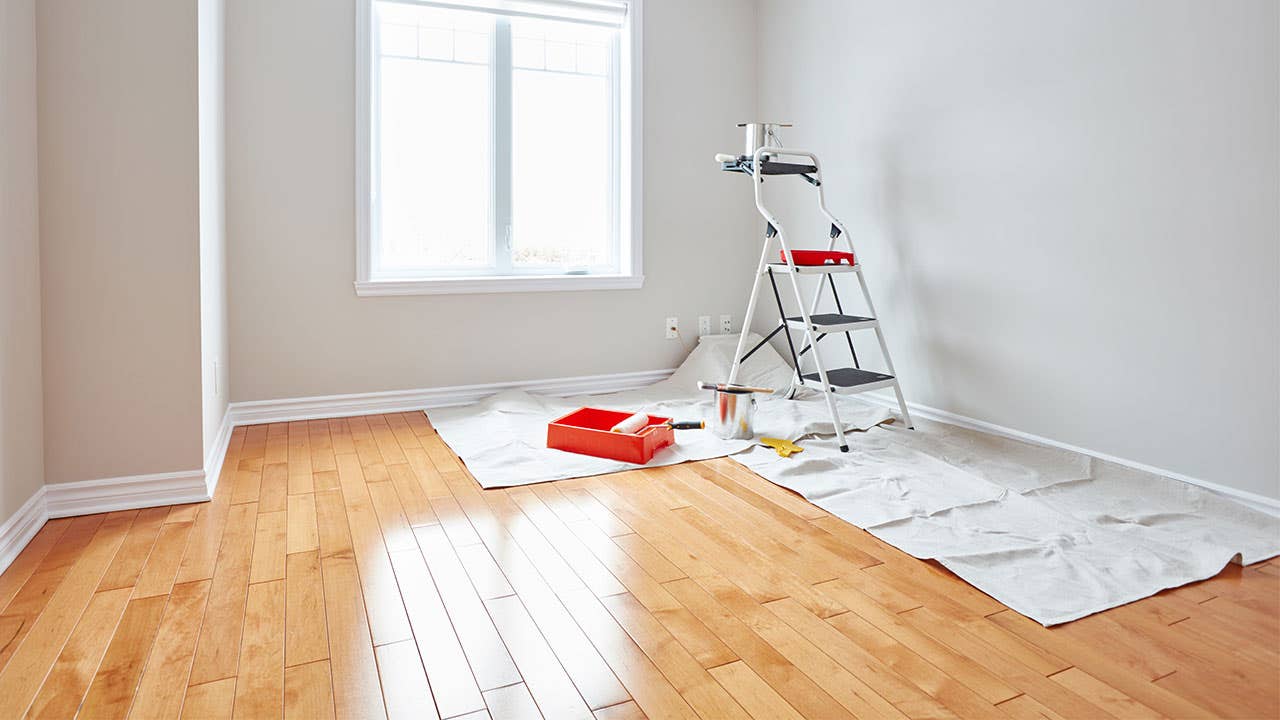
Home values shot to all-time highs during the pandemic. The gains might have made you consider selling your house. The problem, though, was that you could not afford to buy something else to move into.
That fact and the pandemic itself have had a lot of people taking a critical look at their homes. You might be thinking it is time to invest in making some renovations instead. That way, you can stay put but feel like you have bought something new and different.
Building materials had just started backing off the soaring prices caused by supply chain shortages when inflation hit. If you have started pricing materials for a renovation, you might be wondering if you can afford it. That is especially a concern when interest rates are skyrocketing.
Forging ahead without a plan could be a huge mistake. So savvy seekers of such projects are employing tactics to make the endeavor more affordable. Here are some ways you can avoid the financial pitfalls of improving your home.
Table of Contents
Save Up and Pay Cash
If you’re like most people who decide to make home improvements, you want them done now. However, in this instance, as in many others, patience is a virtue. Exercising a little of it will help you avoid falling into debt that you may be paying off for years.
Interest rates are likely to continue rising for the foreseeable future. That makes relying on credit cards and home equity lines of credit riskier and more expensive than ever. Think instead about paying as you go.
Rather than use someone else’s money to pay for your renovations, save up and use your own. Don’t cringe every time you use your credit card to make a purchase — smile every time you use your debit card instead. When things fail to move as quickly as you would like them to, think about the interest you’re not paying.
You don’t have to wait until you have saved enough money for the entire project. Break down projects into bite-size chunks that correspond with the pace of your ability to set money aside. Keep nibbling away at them, and you can finish what you want to do interest-free.
You should also set some money aside for cost overruns that may occur unexpectedly. Even the smallest improvements have some money-pit potential. But when you’re done, you can enjoy your improved home even more.
Do What You Can Yourself
If you have no idea how to even swing a hammer, the thought of doing it yourself might frighten you. But you should know that DIY is a relative term. Doing whatever you can do may save you a pile of money.
DIY doesn’t mean you have to tile your own backsplash, replace a light fixture, or set your own toilet. What it does mean is not paying someone to do absolutely everything that your home improvement project requires. Little things can make a tremendous difference.
Consider, for example, that you are paying a carpenter $60 an hour. At the end of every workday, said carpenter spends half an hour sweeping the floors and cleaning up the worksite. If the carpenter works five days a week, that adds up to $150 a week over the course of the project.
You could literally save thousands of dollars on your project if you will just handle clean-up duties yourself. With few exceptions, everyone can tackle that DIY. The same is true for simple painting projects or running to the store to pick up supplies.
If you are handy with power tools, by all means jump in and save some labor costs. Just make sure your time isn’t more valuable than the person whom you could hire to do the job. Keeping your day job will help you pay cash for your project as you go.

Get Multiple Quotes
Good contractors seem to be busier than ever these days, which is reflected in their prices and their schedules. Their scarce availability can tempt you to take the one who says they can start the soonest. That is a temptation you should resist, unless that contractor’s quote is competitive.
You should reach out to multiple contractors with the specifications for the work and ask them for a quote. Moreover, the quote should be detailed, written, and signed. Unlike an estimate, a quote is what you will be charged for the job as specified, not an educated guess.
The only way you can compare quotes accurately is to request detailed information a contractor is willing to honor. Asking for one also lets contractors know their proposals will be compared to others. That helps keep them both honest and competitive.
Quotes for the same scope of work should be similar. If one is an outlier, you should find out why, looking for low-quality materials or substandard work. This is particularly true if you are tempted to jump on the quote that’s significantly less expensive than the others.
Soliciting quotes will give you realistic expectations about the cost of the project and timeline for completion. You can more accurately budget time and money and decide if spending more or waiting longer for superior work is worth it. Then, may the best — not always the cheapest — contractor win.
Beware the Pitfalls
Smart improvement projects weigh both the value you are adding to your home and your ability to pay for them. So do what you can yourself, and undertake only what your own money can cover. Solicit multiple bids to make sure you are not overpaying contractors and suppliers. These strategies will put you in a nicer home and keep you out of the hole.

